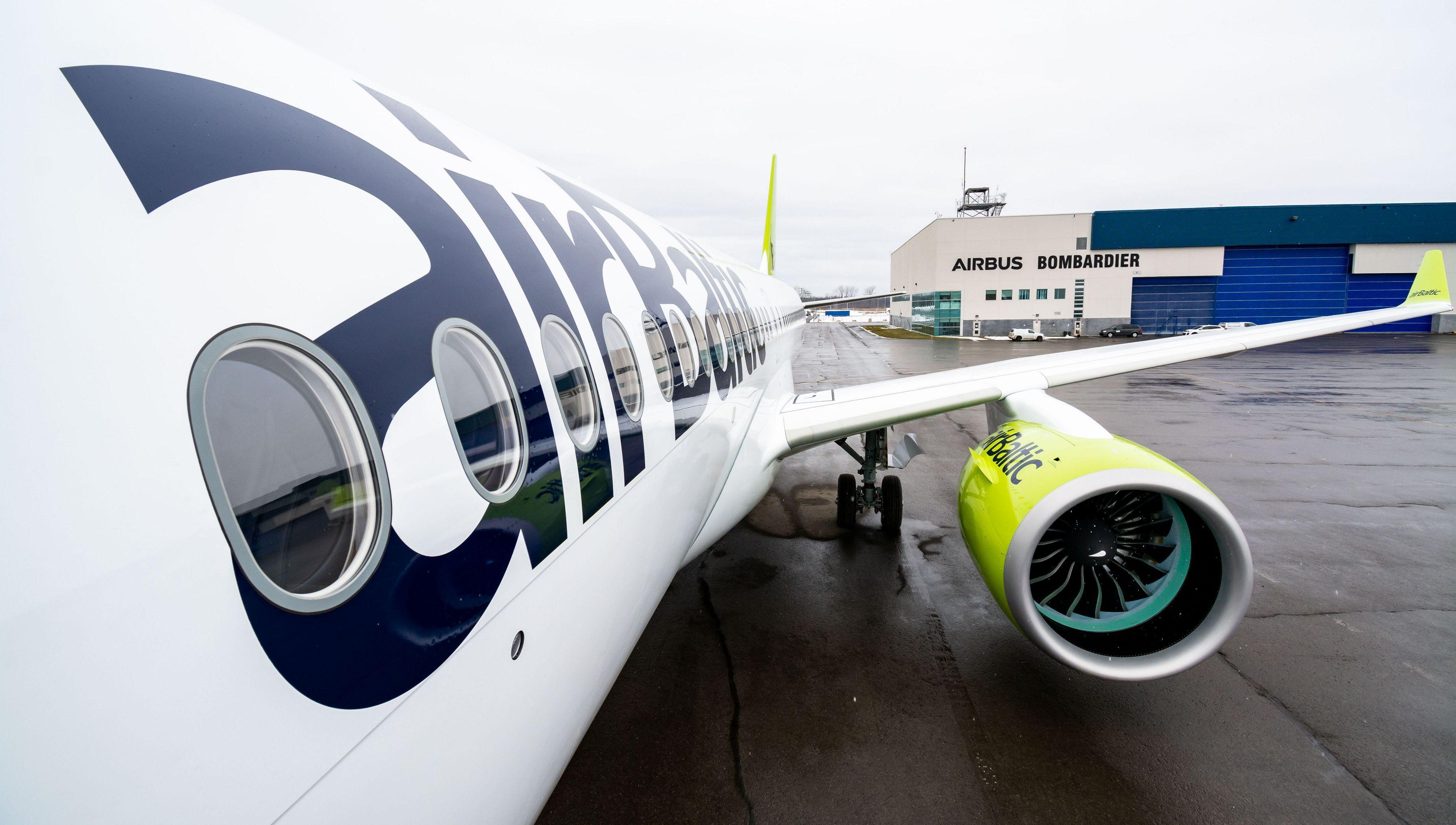
Credit: Airbus
WASHINGTON—Pratt & Whitney has released updated engine control software that eliminates the need for repetitive inspections put in place to prevent damage that led to four Airbus A220 infight shutdowns; the FAA plans to mandate its installation. A draft airworthiness directive (AD) set for...
Subscription Required
This content requires a subscription to one of the Aviation Week Intelligence Network (AWIN) bundles.
Schedule a demo today to find out how you can access this content and similar content related to your area of the global aviation industry.
Already an AWIN subscriber? Login
Did you know? Aviation Week has won top honors multiple times in the Jesse H. Neal National Business Journalism Awards, the business-to-business media equivalent of the Pulitzer Prizes.

